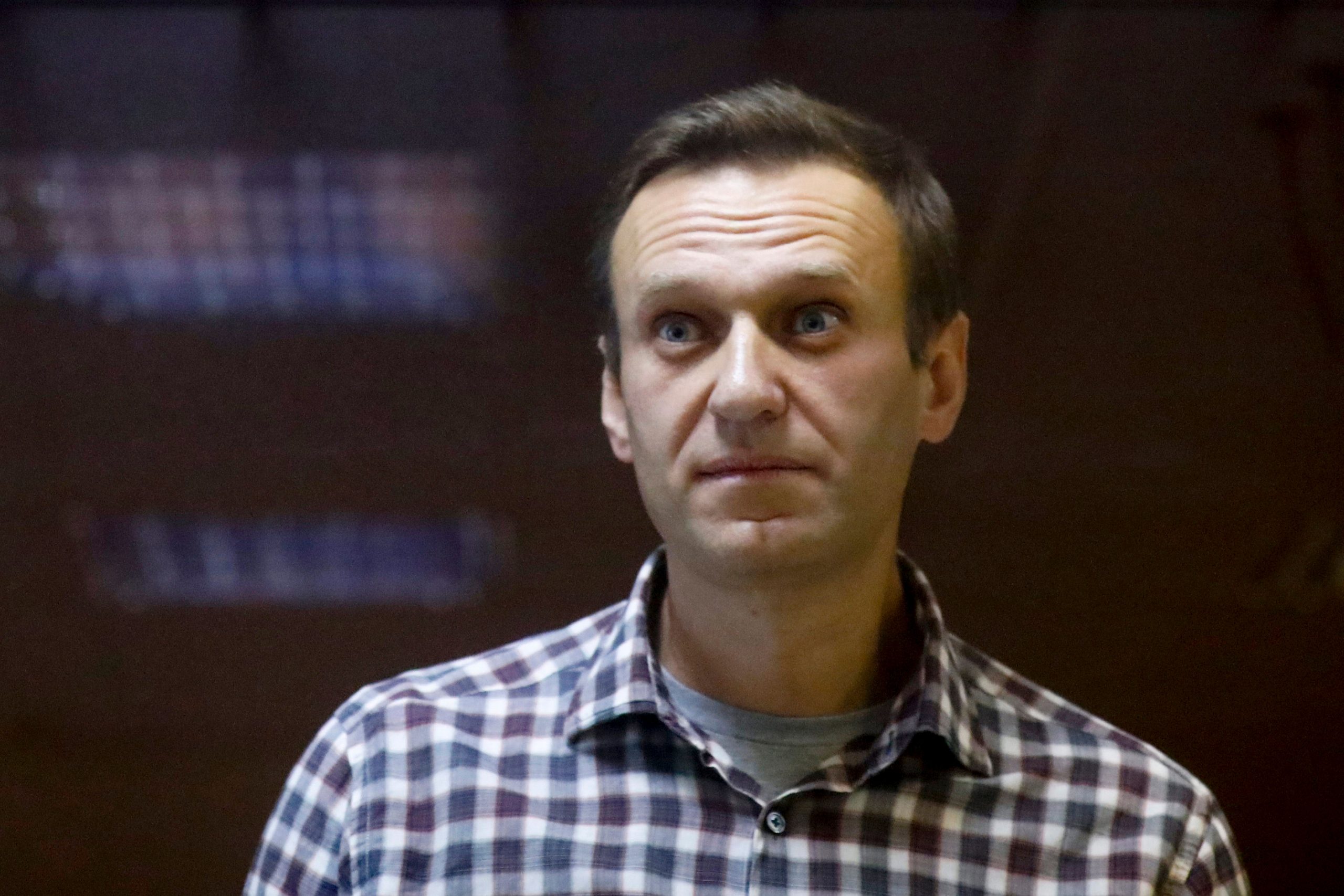Russia’s most prominent opposition leader Alexei Navalny recovered from a near-fatal poisoning attack last year only to again be on the brink of death while on hunger strike in a Russian prison. With his team on Sunday calling for mass protests next week aimed at saving his life — and Washington warning of “consequences” if he dies — here is a timeline.
Also read: Mass protests called across Russia to ‘save Navalny’s life’
The 44-year-old anti-corruption campaigner is hospitalised on August 20, 2020 in Omsk, Siberia, after losing consciousness during a flight. Put into a medically induced coma, he is transferred two days later to a Berlin hospital at his family’s request.
Two days later the Kremlin rejects claims it was behind the poisoning.Berlin says on September 2 that tests carried out by a German army laboratory yielded “unequivocal evidence” that he was poisoned with Novichok, a Soviet-era chemical weapon.
On September 7 Navalny emerges from the coma.
French and Swedish laboratories confirm Germany’s findings that Novichok was used.
Putin condemns “unsubstantiated” accusations.
Navalny accuses Putin of being behind his poisoning after he is discharged from hospital on September 22.
Putin’s spokesman Dmitry Peskov calls his claims “groundless and unacceptable”.
Navalny releases a recording in October of him tricking a Russian Federal Security Service (FSB) agent into confessing that he tried to kill him.
The FSB describes the phone call as a “provocation”.
Navalny says he plans to return home despite a threat of jail.
He is detained on January 17 shortly after landing in Moscow.
He urges Russians to “take to the streets”.
Navalny releases a video of his investigation into a lavish Black Sea property he claims is owned by Putin.
It goes viral as Putin denies it is his.
The authorities round up Navalny’s allies.
In late January tens of thousands of demonstrators demand Navalny’s release.
Police detain thousands.
On February 2 Navalny is handed a near three-year prison term.
The West calls for his immediate release.
On February 5, the Kremlin expels German, Swedish and Polish diplomats for supporting Navalny.
The three countries expel Russian diplomats in return.
The European Court of Human Rights orders Russia to release Navalny “with immediate effect” on February 17. Russia accuses it of “interference”.
Three days later a Moscow court dismisses Navalny’s appeal, but reduces the sentence to two-and-a-half years.
Separately he is convicted of defamation and fined 850,000 rubles (around 9,500 euros).
The EU on February 22 sanctions four senior Russian officials.
On February 26 Navalny is sent to a penal colony. Authorities say he is in the Vladimir region some 200 kilometers (124 miles) east of Moscow.
Washington on March 2 sanctions seven senior Russians and says its intelligence concluded that Moscow was behind Navalny’s poisoning.
Navalny says on March 15 he is locked up in a “real concentration camp” and accuses Russian authorities of torture by depriving him of sleep in prison.
On March 31, Navalny announces a hunger strike to demand proper medical treatment.
On April 15, Russian authorities ask a court to label his Anti-Corruption Foundation and his network of regional offices as “extremist” organisations, which would see them outlawed.
On April 17, Navalny’s doctors say his condition has rapidly deteriorated and he could go into cardiac arrest and “die any minute”.
On April 18, his allies call for massive demonstrations on the evening of April 21 — just hours after Putin gives his state of the nation address.
International outrage grows as France, Germany and the EU call for Navalny to receive urgent medical care.
US National Security Advisor Jake Sullivan says the Kremlin has been warned “that there will be consequences if Mr Navalny dies.”
The Russian ambassador in London, Andrei Kelin, then says Navalny “will not be allowed to die in prison.”







